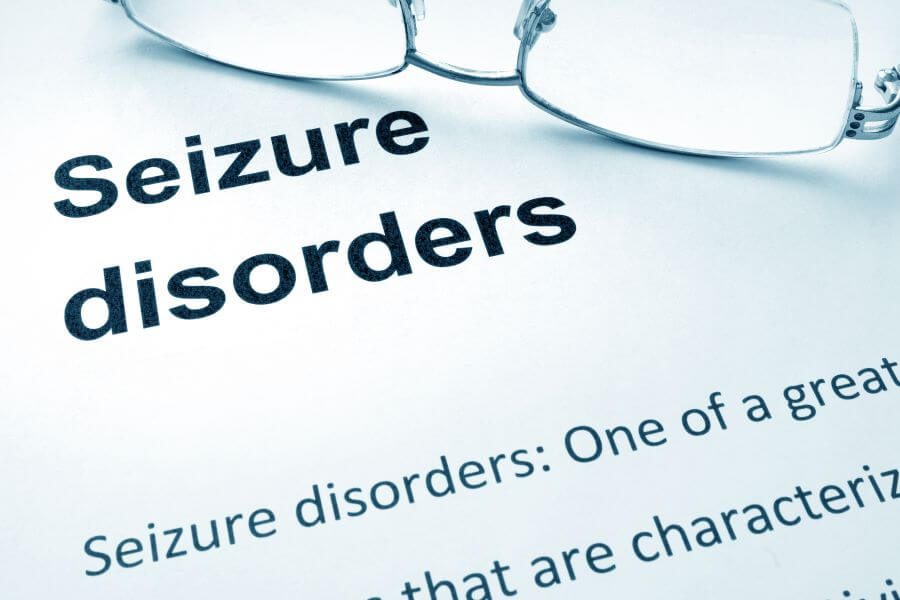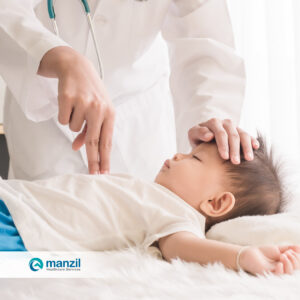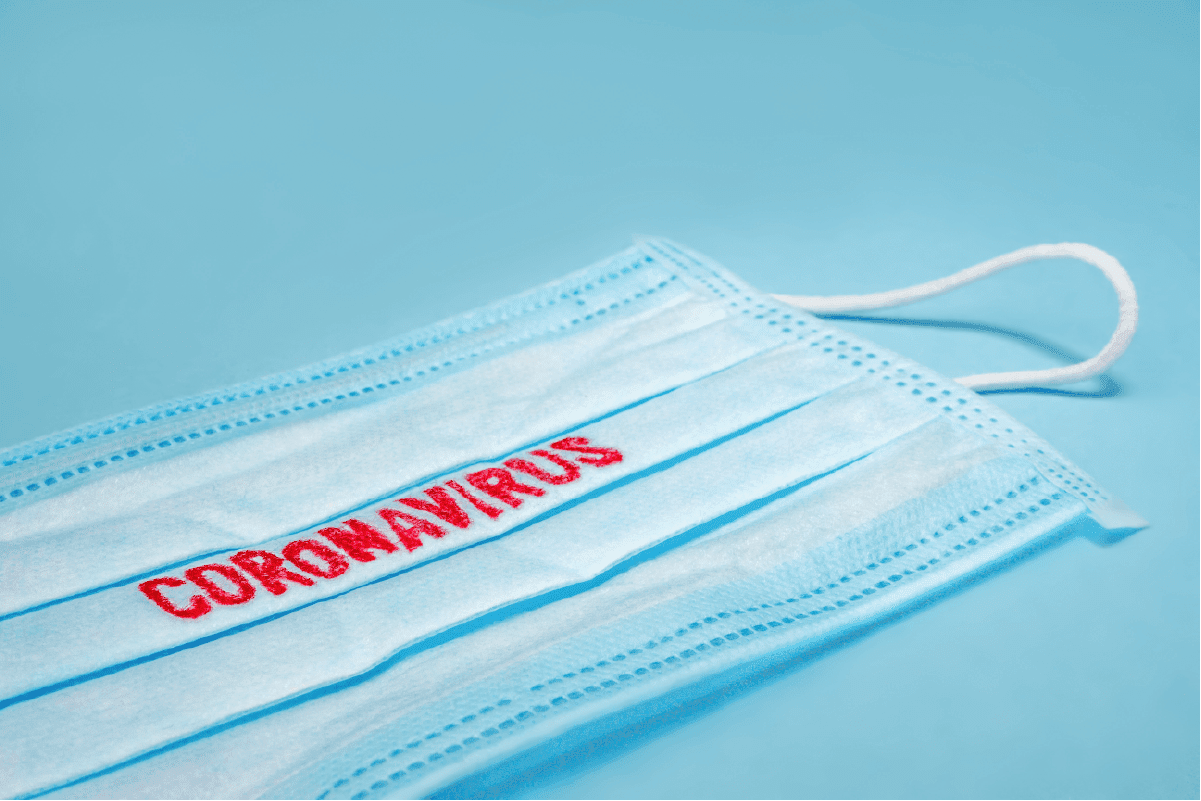Childhood Seizures and how to Handle Them


Most childhood seizures last only a few minutes, but those moments can feel like an eternity to a parent.
Seizures happen when the brain’s electrical system misfires. Instead of releasing controlled electrical energy, electrical activity in the brain cells surge. The resulting seizure can look like anything from a blank stare to muscle contractions and unconsciousness. Typically, seizures last less than two minutes, but children may be confused or sleepy afterward. Some seizures can result in infections, a genetic disorder, a structural brain abnormality, or trauma. However, the two most common types of childhood seizures are epileptic and febrile.
Epileptic seizures happen repeatedly over a period of time with no specific underlying cause. About 30 percent of children with epilepsy will continue having seizures as adults. There are different types of epileptic seizures, but the most common are absence and generalized. An absence seizure causes staring episodes that can easily be mistaken for daydreaming. A generalized seizure causes convulsions, muscle tightening or spasms, possible vomiting, and even a loss of consciousness.
Febrile seizures are much more common (about 1 in 25 kids will have one) and are caused by fevers, usually in conjunction with an infection. Febrile seizures usually affect children from 6 months to 5 years of age. A febrile seizure does not mean that your child will have epilepsy or brain damage, although they are at risk of having another febrile seizure in the future.
As frightening as seizures can be, many times doctors never find an underlying cause. In fact, approximately 75 percent of childhood seizures occur for unknown reasons.
Although it may look painful, the seizure itself typically does not cause any pain. However, it is possible for children to injure themselves during seizures if they bump into things or fall on the ground.
During a seizure, the best thing you can do is stay calm. Leave your child on the floor in a safe area and remove any objects that might cause injury. Loosen any tight clothing around the neck area and turn your child’s head to the side to prevent choking on vomit or saliva. Get immediate medical help if the seizure lasts more than a few minutes, if your child turns blue or has trouble breathing or if your child seems lethargic. You may call 911 for an ambulance to take your child to the hospital, or if the seizure finishes within moments, you can drive to the emergency room yourself.
It is absolutely normal for your child to fall asleep immediately following a seizure or even to seem confused afterward.
During a seizure, do not try to restrain your child or stop any spasms. Never force anything into your child’s mouth to prevent biting of the tongue. This could result in injury. Also, do not try to give any medicine or try putting your child in a bath to cool off.
After the seizure, a pediatrician should examine your child as soon as possible. With a first-time typical seizure, usually no additional testing or treatment is required. If your child has a second seizure, or if the first seizure was atypical, your doctor may recommend getting an EEG and an MRI of the brain to help in making the diagnosis. If you have any questions or concerns about your child’s health or about seizures, talk with your pediatrician.
Sources:
- The Epilepsy Foundation.
National Institutes of Health.
The Mayo Clinic - Febrile seizure.
Duke University Health System.
Powered by Bundoo®












































